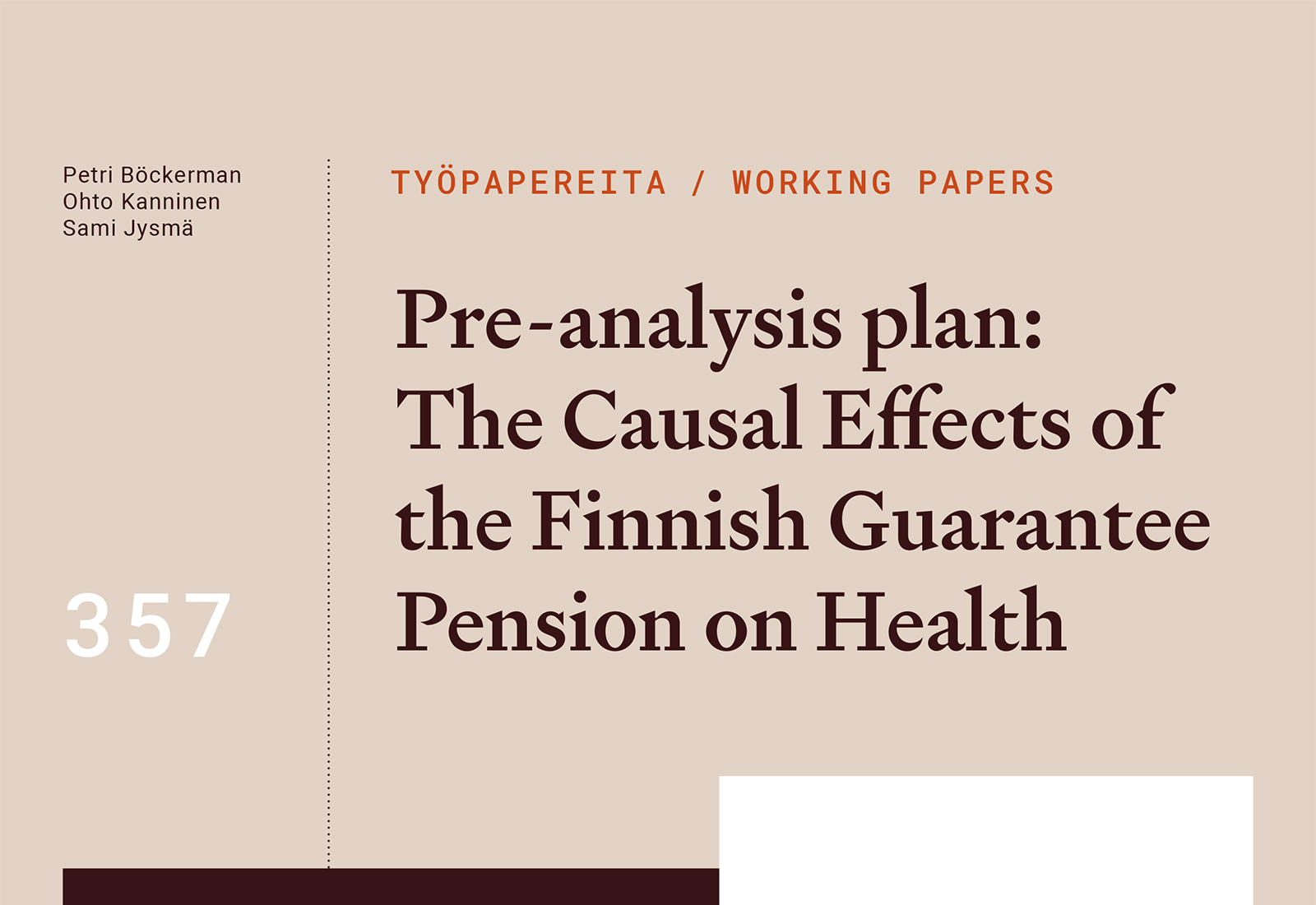Revealed preferences for redistribution and government’s elasticity expectations
Abstract
This paper examines revealed preferences for redistribution behind the Finnish tax-benefit system in years 1995-2006 using the optimal income taxation framework.These implied preferences for redistribution are estimated by solving the redistributive preferences that would make the actual tax-benefit system optimal. Revealed preferences for redistribution can be seen as a inequality measure that takes into account both aspects of the equity-efficiency tradeoff. When comparing the redistributive preferences over time a behavioral decomposition method is used to separate the mechanical effects due to changes in pre-tax income from the direct effects of policy changes. Also another dual approach to optimal income taxation is used in order to estimate the labour supply elasticity expectations of the government. The results show that the Finnish tax-benefit system can be optimal only if the government places a relatively low weight on the welfare of the working poor. Over a timeperiod when there were several changes made to the tax-benefit system that decreased participation tax rates there seems to have been a shift of social welfare weight from the unemployed to the working poor. This shift is mostly due to direct policy changes. There are several potential explanations for the change in revealed welfare weights. One of them is an actual change in the social preferences for redistribution.
- ISSN: 1795-1801 (Online)
- ISBN: 978-952-209-114-7 (Online)
- JEL: H11, H21, D63, C63
- Publication in PDF-format


